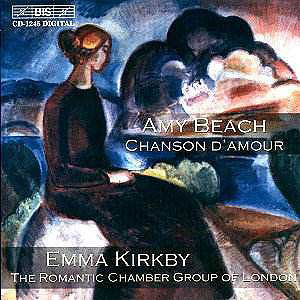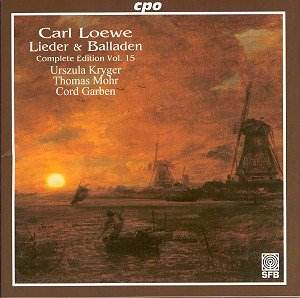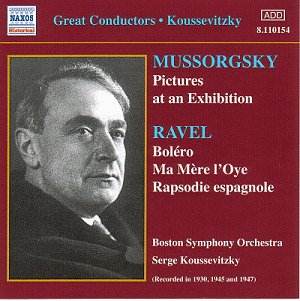 Composer: Amy Marcy Cheney Beach
Composer: Amy Marcy Cheney Beach
Works: Chanson d’amour; Ecstasy, Op.19 No. 2; Chanson d’amour (1898); A Mirage, Op.100 No. 1; Stella Viatoris, Op.100 No. 2; Rendezvous (1928); Three Browning Songs, Op. 44; Romance for Violin and Piano (1898); Three Shakespeare Songs, Op. 37; Piano Trio in A minor, Op.150 (1938); Nahe des Geliebten, Op.35 No. 3; Ich sagte nicht, Op.51 No. 1; Wir drei, Op.51 No. 2; Je demande à l’oiseau, Op.51 No. 4; Canzonetta, Op.48 No. 4; Elle et moi, Op.21 No. 3
Performers: Emma Kirkby (soprano), The Romantic Chamber Group of London
Recording: Recorded at St Martin’s Church, East Woodhey, Hampshire, England, November 2000
Label: BIS
Amy Marcy Cheney Beach occupies a unique niche in American classical music; as one of the first prominent female composers in a male-dominated field, her works embody the late Romantic idiom while also reflecting her personal journey and cultural context. The selections on this recording span a significant part of her career, including both her early songs and her later chamber works. The juxtaposition of her lyrical, evocative melodies with the intricate textures and harmonies of the Romantic Chamber Group provides a compelling narrative that invites deeper exploration of Beach’s compositional voice.
The performance led by soprano Emma Kirkby presents a dichotomy of expectations versus execution. Kirkby, celebrated for her contributions to early music, brings a certain purity to her vocal line that at times feels ill-suited for Beach’s emotional and often lush musical language. While her technique remains impeccable, with the expected clarity and precision, the interpretation seems to lack the depth of expression required for Beach’s passionate works. For instance, in “Chanson d’amour,” the melodic lines demand a vibrato that adds warmth and nuance, yet Kirkby’s delivery, characterized by a somewhat restrained tonal palette, leads to a sense of monotony rather than the intended emotional depth. The diction suffers, as certain phrases become indistinct, which diminishes the impact of the text—a critical element in Beach’s song cycles.
The Romantic Chamber Group of London offers a more cohesive interpretation of Beach’s orchestration. Their performances of the instrumental works, particularly the “Piano Trio in A minor,” exhibit a fine balance of technical finesse and emotional engagement. The ensemble’s ability to convey the subtleties of Beach’s intricate harmonies and dynamic contrasts stands out; the cello and piano interludes are particularly compelling, providing a rich counterpoint to the vocal lines. The recording itself is bright and well-engineered, allowing the nuances of each instrument to resonate clearly in the acoustic of St Martin’s Church. This clarity enhances the listening experience, showcasing the intricacies of Beach’s arrangements.
Comparatively, while this recording presents a valuable collection of Beach’s works, it may not stand as the definitive interpretation. Other recordings, such as those featuring soprano Dawn Upshaw or the Boston Symphony Orchestra’s renditions, often capture a richer emotional tapestry and a more nuanced understanding of Beach’s stylistic demands. The Romantic Chamber Group’s commitment to the music shines through, but the overall performance does not achieve the synergy that one might hope for, particularly in the vocal sections.
The complexities of Amy Beach’s music deserve an interpreter who can navigate its emotional landscape with both technical skill and interpretative insight. While this recording makes a significant contribution to the catalog of Beach’s works, it ultimately leaves one wishing for a more profound connection between voice and music, a partnership that could elevate these beautiful compositions to their full potential. The endeavor is commendable, yet it underscores the need for a more integrated approach to Beach’s lyrical and emotional depths.



